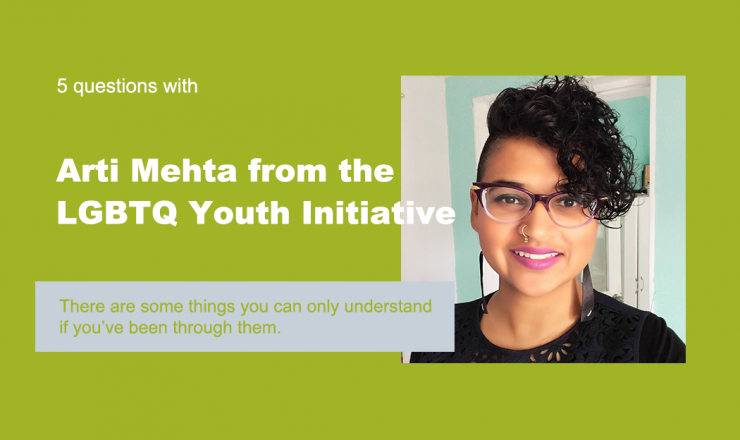

The worst case scenario for not asking a sexual partner if they have an STI could be that they might transmit an STI to you or to other partners. That’s kind of it.
To be fair, though, this conversation isn’t perfect protection on its own. Your partner may not even know they have an STI. They could say “Nope! No STIs here!” but still have HPV or herpes, but just haven’t had any symptoms. Even partners that you trust 100% could still have STIs they don’t know about, the same way that a family or loved ones might pass on the flu without realizing it.
Even though it’s not perfect, and it’s often a tricky conversation, it’s good to talk to your partners about STIs and when they were last tested. It’s good to know what level of risk you’re accepting before engaging in sexual activity.
And if you can’t have that conversation, then we encourage folks to use barrier methods like condoms (external or internal) or dental dams to prevent fluid transfer, lowering your risk of catching an STI.
If you have questions about this topic, feel free to contact one of our peer educators. [Link]
Last Updated: April 2020

It’s International Self-Care Day! We hope you got yourself something special to celebrate the occasion (and yourself)! Self-care is a really big topic on its own, so we want to focus in on how you can incorporate self-care into your sex life.

We sat down with Arti, one of the coordinators for Planned Parenthood Toronto’s LGBTQ Youth Initiative, to talk about the initiative, how to run such a program, and supports for LGBTQ youth in the city. Check it out!

Implantation bleeding occurs around 10-14 days after getting pregnant, and is pretty distinct from a regular period. This article explains what it is, and how to differentiate it from a regular period or other irregular bleeding.